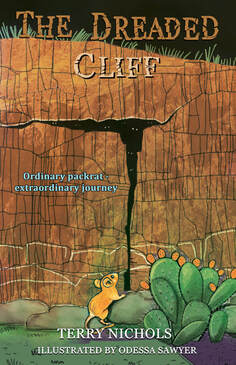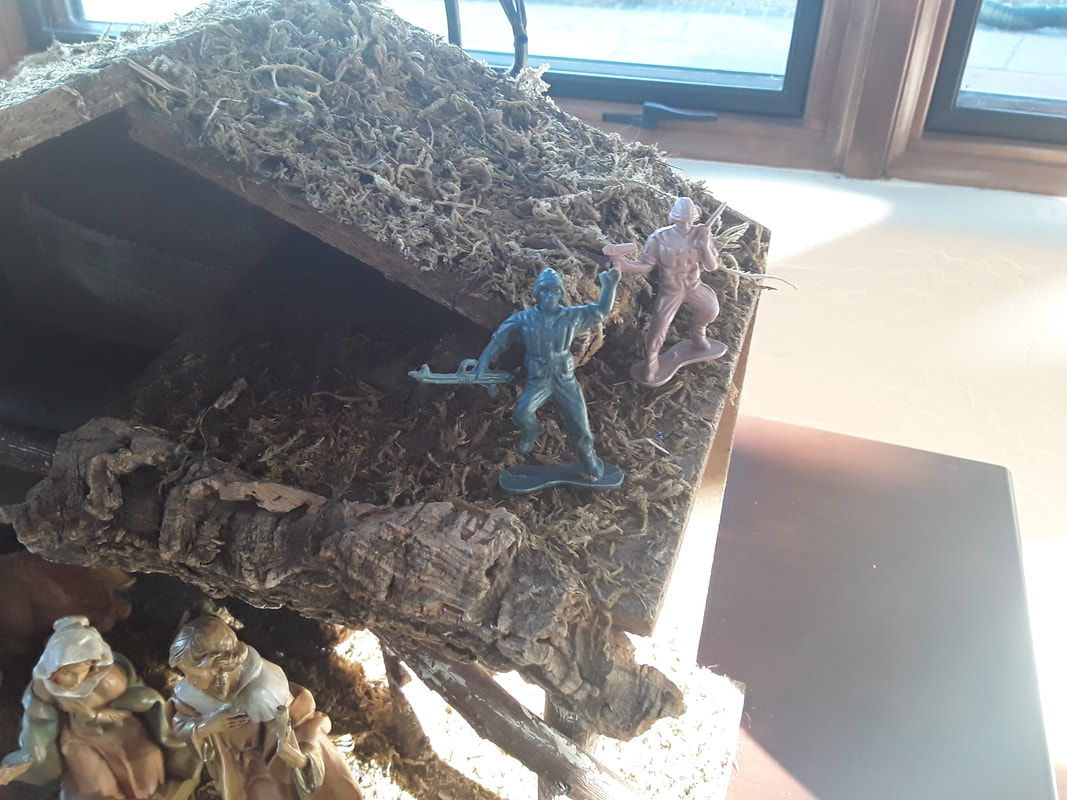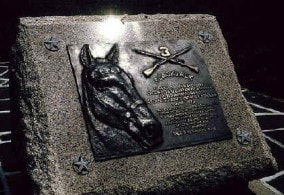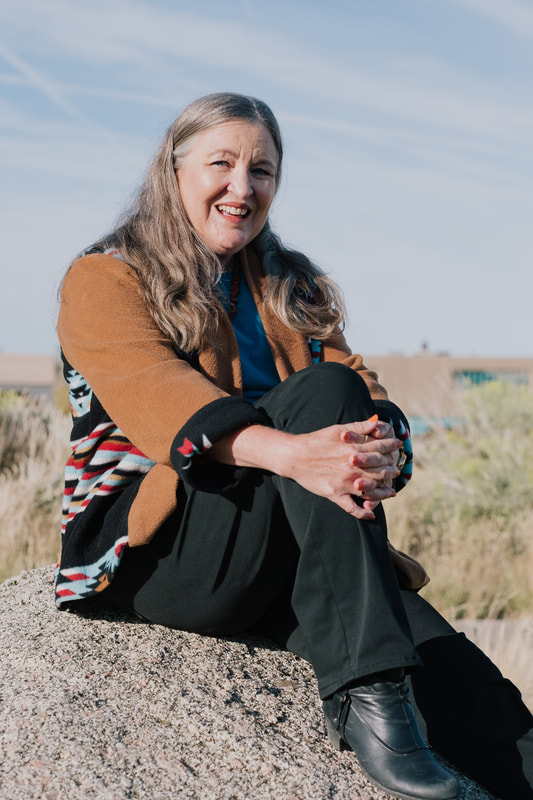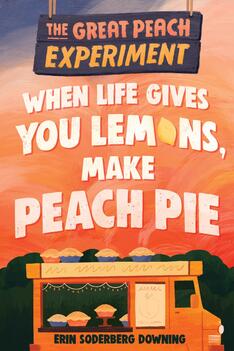
Erin Soderberg Downing does a good job of presenting her characters to the reader. Lucy wants to believe the trip might unite the family, but isn't sure - and with good reason - that she can trust her father to follow through on his hairbrained plans. An avid reader, Lucy's personal goal on the trip is to read every book on a very impressive seventh grade summer reading list. Freddy, who feels like a plum in a family of Peaches, is artistic, creative, and can spout fun facts like a walking Ripley's Believe it or Not. By the end of the book, he's shown himself a natural and astute businessman. But it's Herb, whose big heart overflows with love for animals and lost things, including stuffed animals, mittens and toilet paper rolls, who steals my heart.
The father in the Peach family is sometimes a little harsh. Although he says he's taken a sabbatical and bought the food truck to bring the family together, his dogged determination to win top honors at the Ohio Food Truck Festival takes precedence over everything, leaving Lucy, Freddy, and Herb frustrated and often overwhelmed with the responsibilities of making pies, selling them, keeping the food truck working and the plan on schedule. Eventually, he relents, and by the end of the book he has realized that his children are a greater prize.
This book is the first of a new series entitled The Great Peach Experiment. I'm thinking a lot of middle grade readers will want to be part of the experiment as the three Peach kids and their dad continue to find ways to connect with each other and build their own, individual skill sets.
| | Jennifer Bohnhoff is a former Middle School English and History teacher who is now staying home to bake pies of her own and to write for middle grade, YA and adult readers. Her Anderson Chronicles is a series of 3 (so far!) books about the adventures of a Middle School boy named Hector Anderson and his eccentric family. |



